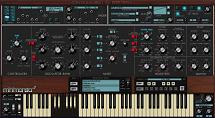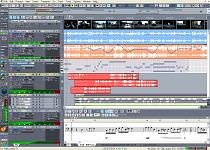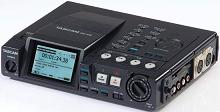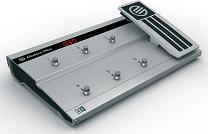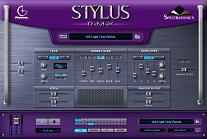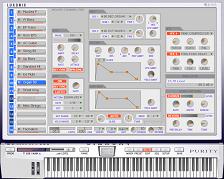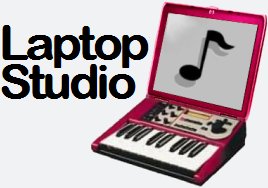Digidesign Mbox 2 review — Future Music

Future Music magazine reviews the Mbox 2 USB audio interface from Digidesign. They like this piece of equipment, though it’s the funky-looking handle that grabs the attention first up. They note that the handle can be removed for those who prefer their boxes sleek and streamlined, though I quite like it just as it is. They say that “overall the box is neat and solid,” though they worry that the all-plastic construction might not be robust enough for portable use.
Actually connecting the unit was hassle-free: “the Mbox 2 installation is simple and quick, and I had the unit up and running straight away.” The included Pro Tools LE software seemed up to the task: it ran at pretty much maximum spec (32 tracks of 24-bit 44.1kHz audio with minimum latency and plug-ins) without glitches. They found Pro Tools LE to be “well-equipped and stable.”
The Mbox 2 scores very highly on sound quality. The preamp and A-D converters was good, though “they lacked low-frequency presence, and transients were a little softer than I’d want.” The same went for the monitor output, thought they said this was “not in any way severe”. The inputs were very good — “the recorded results were true and very usable.”
Even though this is a USB 1.1 interface rather than the much faster USB 2, they still find that it delivers “excellent performance.” The Mbox 2 provides “a solid set of basic tools for recording, editing and mixing audio” — “I could want for little more in an entry-level interface at this price point.” The Mbox 2 scores 8 and 9 out of 10 on all the review criteria — “a well-stocked package that’ll get you on the road to Pro Tools city in no time.”


